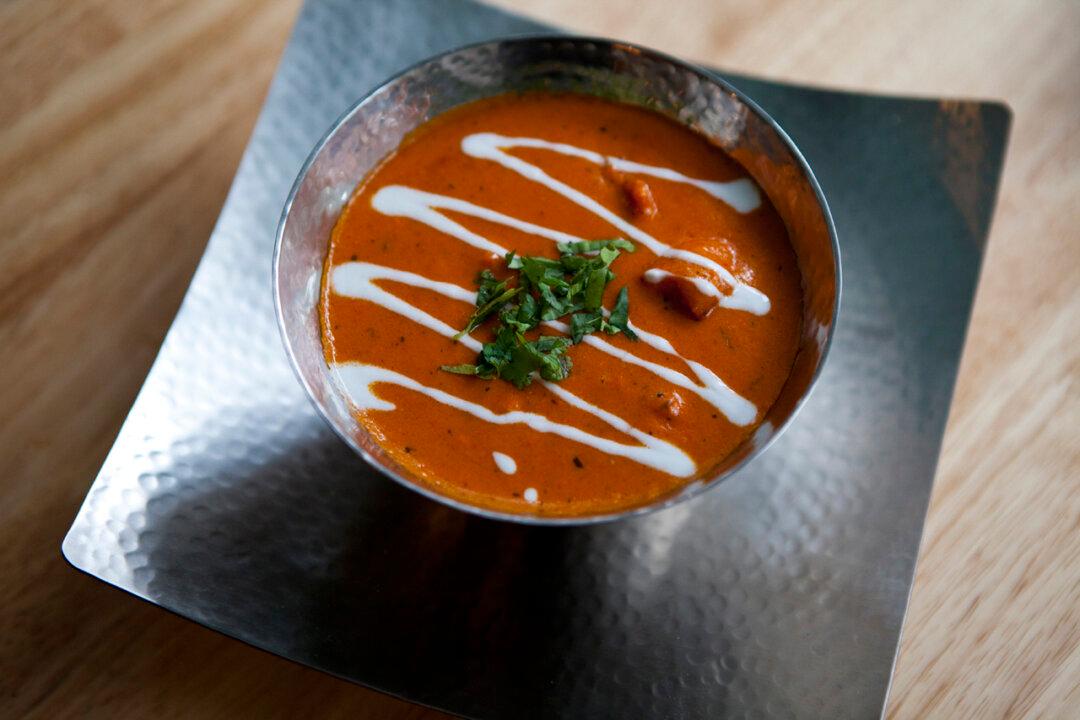My adventure began when I searched out master chef Shuntai Lau, winner of many culinary awards. He has served as president of the Chinese American Restaurant Association since its establishment in 2007, and he won second prize for Canton-style cuisine during the 2010 NTD Television’s Classical Chinese Cooking Competition held in Times Square (Culinary.ntdtv.com). With help from a Chinese friend, I tracked him down. My quest: to learn more about Cantonese cuisine, which is considered to be the most sophisticated Chinese cuisine.
During our conversation, he stated that he began his culinary career at the age of 22. “I was so inspired by the smells and the dishes being prepared for a wedding banquet when my parents and I were sent to a village for forced labor during the Cultural Revolution in China.” After that, he started cooking at home.
As we spoke, a cart full of little plates and Zheng Long (steaming cage) filled with dim sum was wheeled past us. Those intricate, outstanding culinary presentations with tongue-tickling flavors and textures and eye-pleasing colors are unique to the Canton region.



